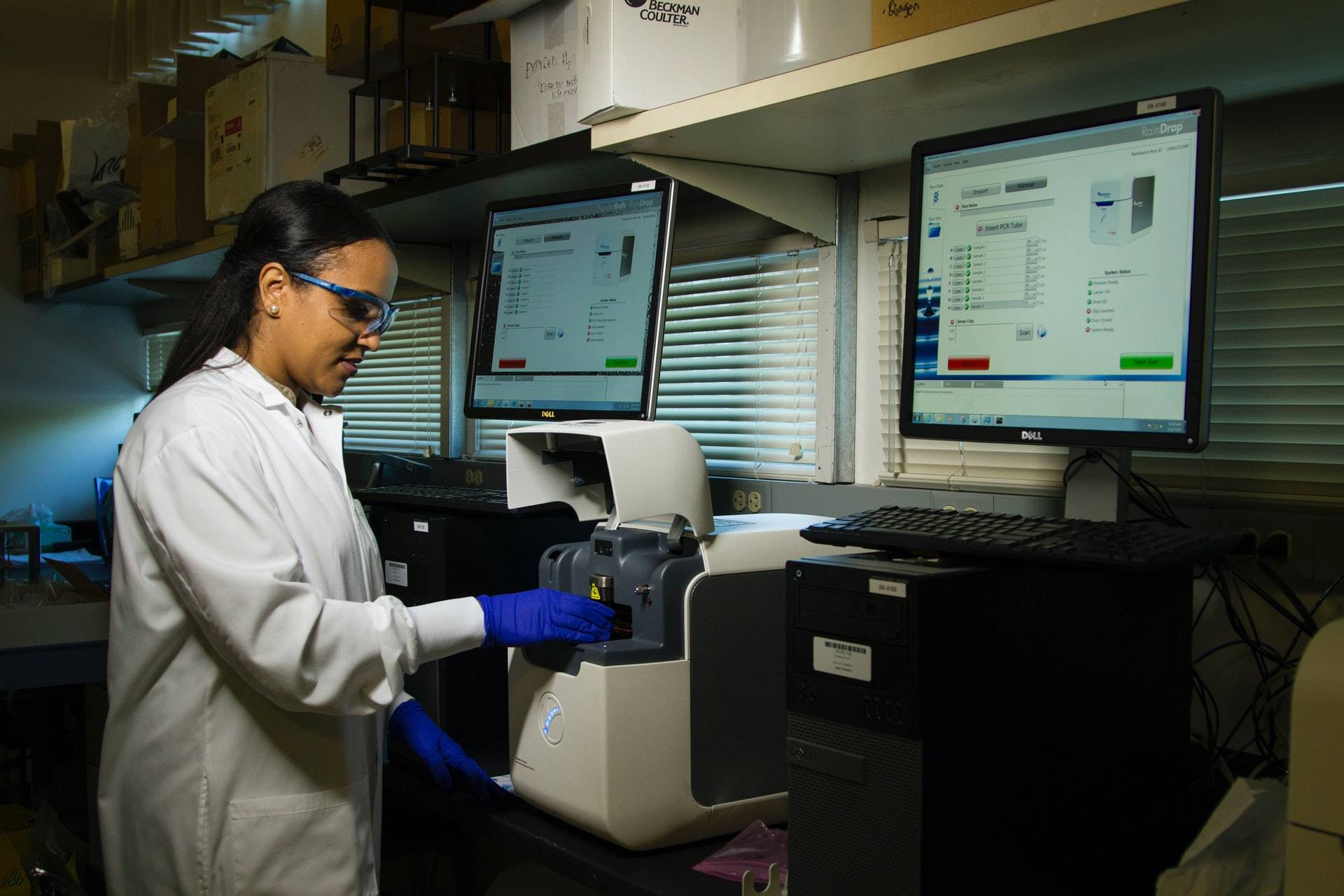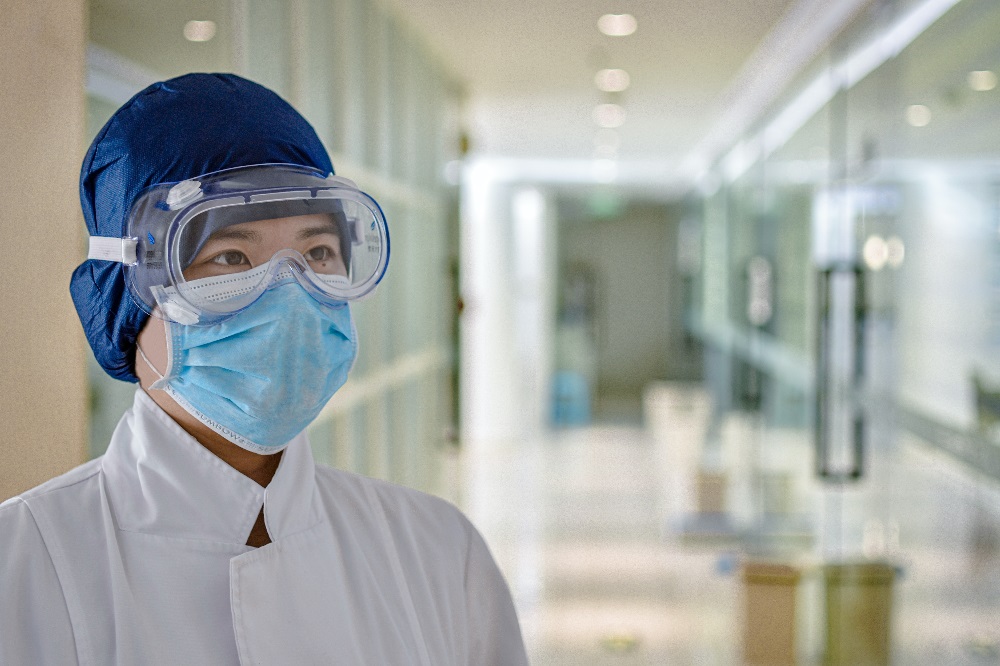How the Pandemic is Sparking Connected Medical Device Innovation
The pandemic is paving the way for more innovations in terms of connected medical devices.
This isn’t really a new thing – technology has often been deployed during modern times to help with tracking and treating viruses. Today, we’ve got the advantage of better connectivity and all the possibilities that technology offers for medical devices.
The pandemic situation puts medical device developers in a unique position in terms of looking through the virus lens to see how they might innovate and how they can produce technology that will help during future waves or pandemics.
Here’s how we see COVID sparking innovation in connected medical devices:
Remote virus tracking
A key action that we saw from early in the COVID-19 pandemic was that densely populated cities started deploying web-based tools in order to track people who had confirmed or suspected cases of COVID. Typically this was via an awareness campaign, leading the population to a website, where they would answer a questionnaire to rate their symptoms against the symptoms of COVID. This would then push people toward a testing facility if their symptoms warranted it, to confirm whether they had it or not.
This was really an early triumph in the fight against COVID because it showed how an internet-friendly population will embrace the technology to seek answers for their medical care. Importantly too, it could be achieved without concerns over privacy – usually the individual would give their ZIP code and that was the only identifying information required. It sent a clear signal to people of what might be coming in terms of innovation and made clear the use cases for remote medical monitoring.
Since that time, we’ve seen in the news and via other publications that there is high interest out there for connected medical devices. It will be interesting to see what devices are being worked on that aren’t so obvious. Many startup medical devices get funding as a result of their own marketing success, or the funding leads to press around the devices. The major device companies that don’t need that funding are often working on projects in secret, so we may see some interesting new developments off the back of COVID.
Easing the burden on healthcare workers
One thing that became very clear early on was just how taxing the stages of a pandemic can be. The images on the news showed the exhausted healthcare workers with marks on their faces from wearing PPE for long periods of time. Devices being developed through the lens of a pandemic may seek to find ways to reduce the burden on healthcare workers. For example, how can we use devices to take care of some of the monitoring needs that typically happen on rounds? Devices could allow healthcare workers to be freed up to take care of patients who have an immediate need, while those other tasks are taken care of remotely.
Connected medical devices allow the possibility of decreasing the reaction time to go and take care of patients with a critical need. They also can monitor patients once they leave the hospital to reduce any false-positive readmissions. Remote monitoring is increasingly important in terms of streamlining the workflows of medical professionals and, under pandemic conditions, allowing people to be monitored at a distance to reduce the numbers of people inter-mingling.
Reducing exposure
Remote diagnosis is another technology of high interest, primarily because in order to get tested early on, people showing systems were tested inside medical facilities, risking exposure to more people. That has changed over time to include things like tests in your car to reduce exposure. However, if devices are able to be used to conduct testing and keep potential patients separate from healthcare workers, it could help relieve some of the risk faced by the workers when exposed.
Right now, we’re in the very early stages of seeing what kind of medical device innovations may pop up in time for the next wave or next pandemic. We’re seeing a lot of medical devices now that were thought up during this time of COVID, but the path into the market is very long and drawn-out for medical devices – this can only mean more to come. We’ve seen a lot of press about connected devices, but we think the true extent of the use cases and devices to be made available have only been teased at so far. Come 2021, we expect that a lot more devices and use cases will come out.
As an example, ventilators have not traditionally been a connected medical device. Managing inventory for ventilators has been quite a laborious process, with connectivity being a rare luxury. In the ventilator space, we’re now seeing a lot of motion toward connectivity, not just for the data that doing so will help to gather, but for how connectivity can streamline workflows for those managing ventilators.
Remote monitoring of medical conditions
While the COVID-19 virus has taken centre stage in terms of healthcare headlines, that still leaves all the non-COVID medical conditions out there that still need to be monitored and managed.
With isolation requirements for COVID, it makes it more difficult and a lot less desirable to see patients in-person for routine monitoring. Pre-COVID, there was already a lot of development happening in terms of things like wearable technologies and other forms of remote monitoring; post-COVID, we expect that more use cases will have come to light.
A relevant study published in Lancet in February 2020 found that data such as resting heart rate and sleep duration that is collected by wearable devices can help inform timely and accurate models of population-level influenza trends. Being able to monitor more physiological factors in the population could improve the speed and accuracy in the discovery of future epidemics.
Final thoughts
The COVID situation has helped to shed light for medical device developers on what their device needs to be and look like, including the use cases for the device in a pandemic situation.
We’re also seeing a lot of funding going into devices that can serve a pandemic situation well. One of the things we see a lot of is VC activity going into new connected devices that find a good balance between ease of use, cost and speed to deployment.
Ease of use means more people adopt it, lower cost means it becomes more accessible for patients, and speed of deployment means that the device can be quickly manufactured and deployed to users. Connected devices have a lot of future potential to help during pandemics, so that data can be collected for the betterment of all.







